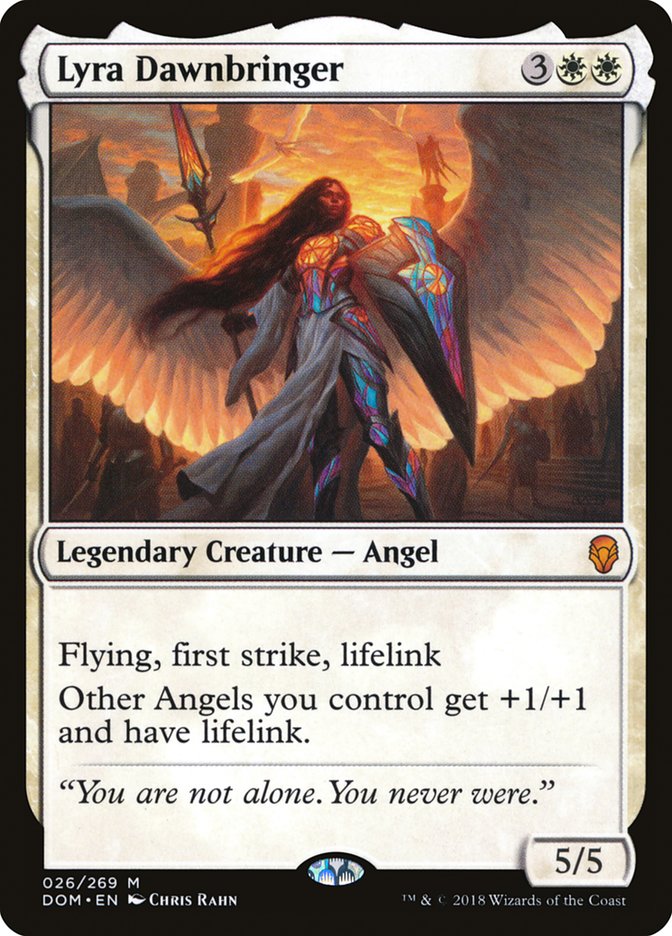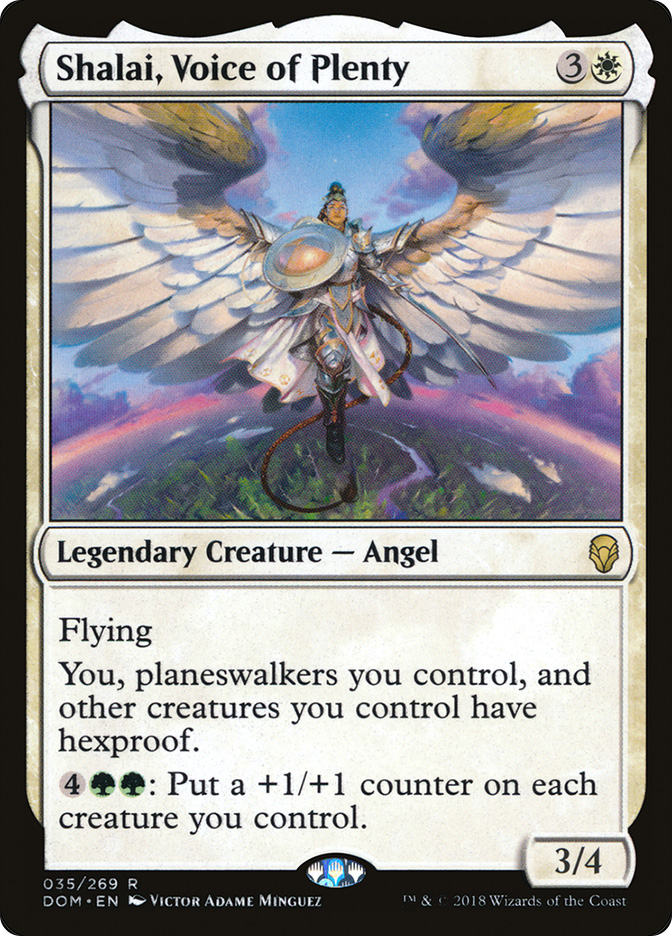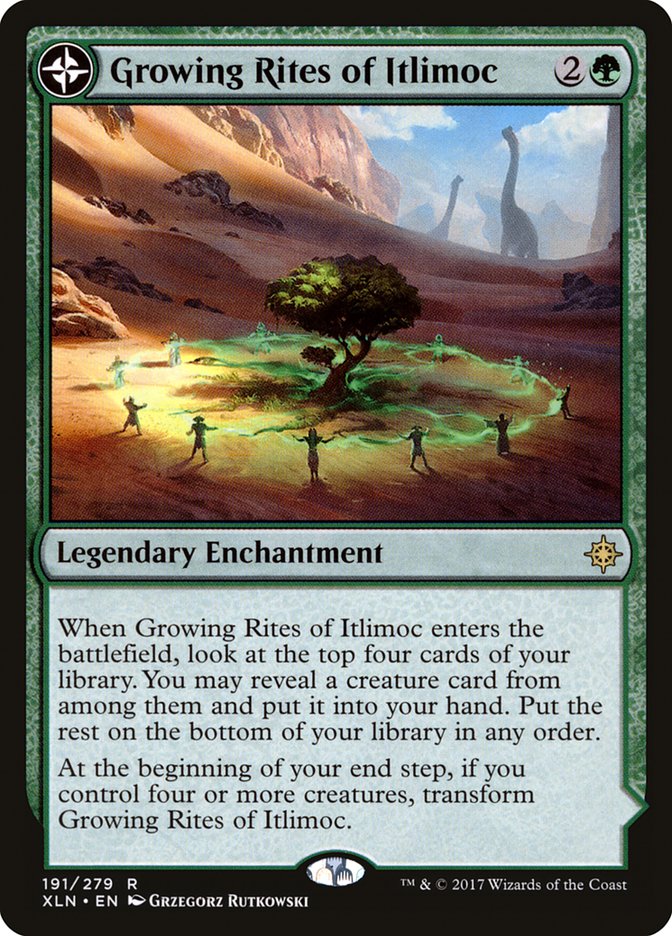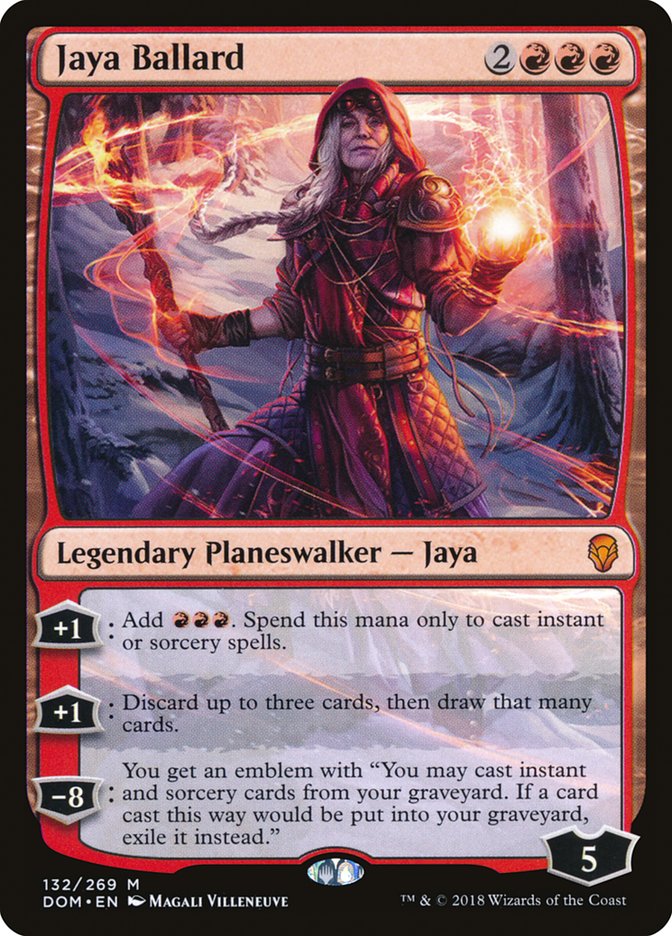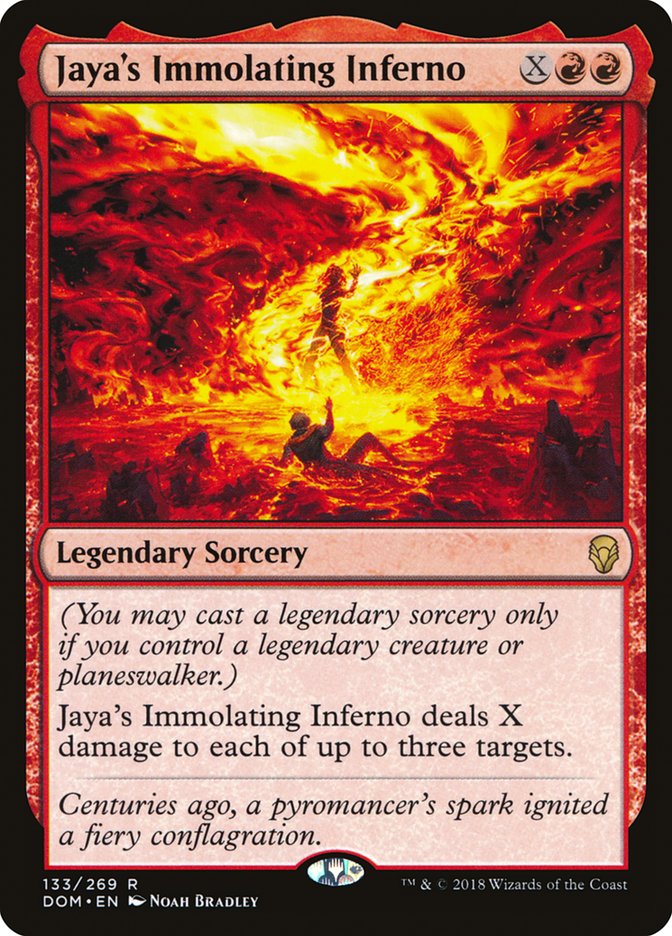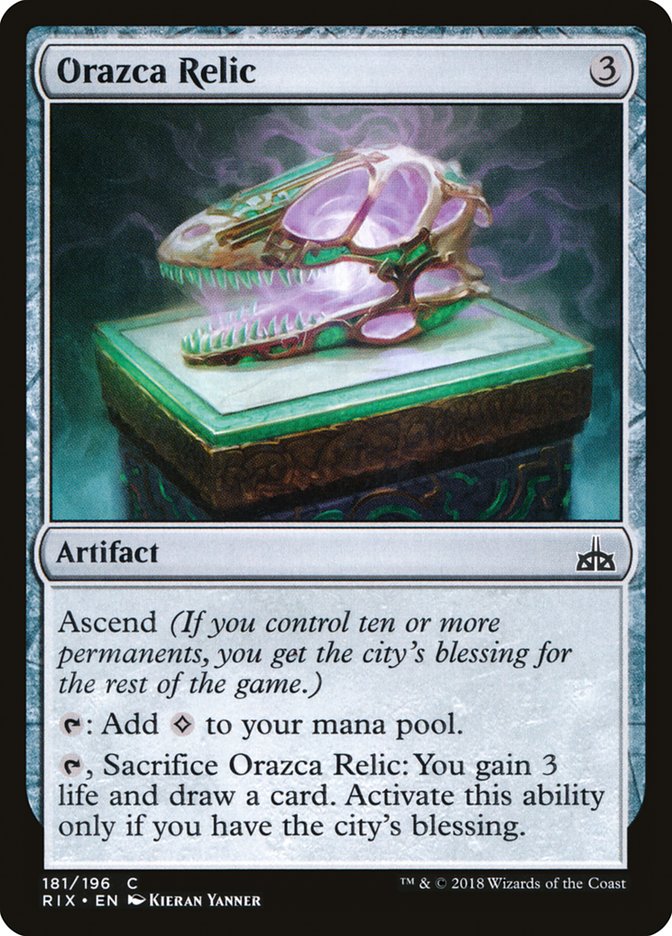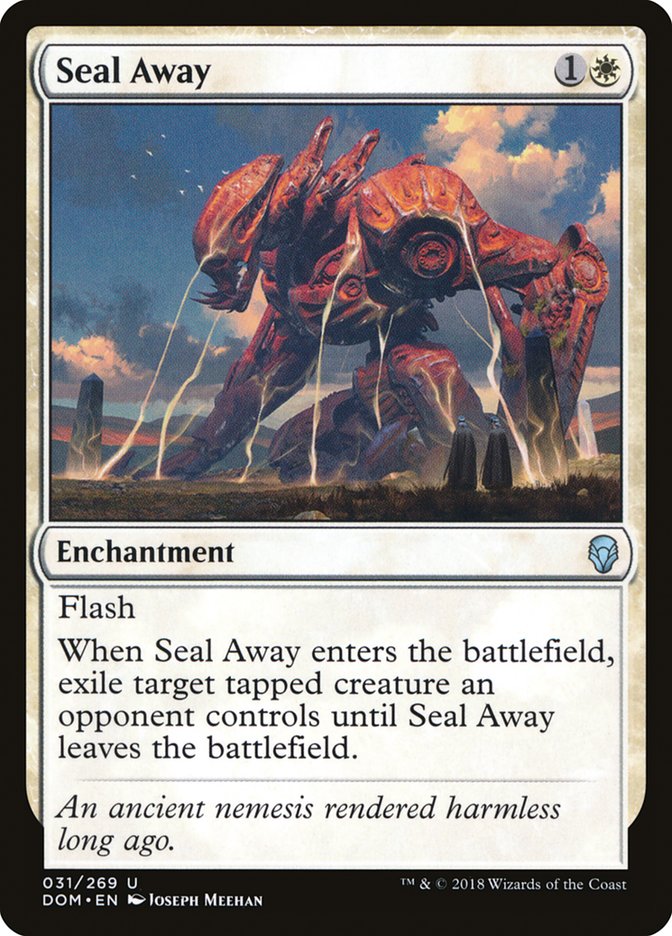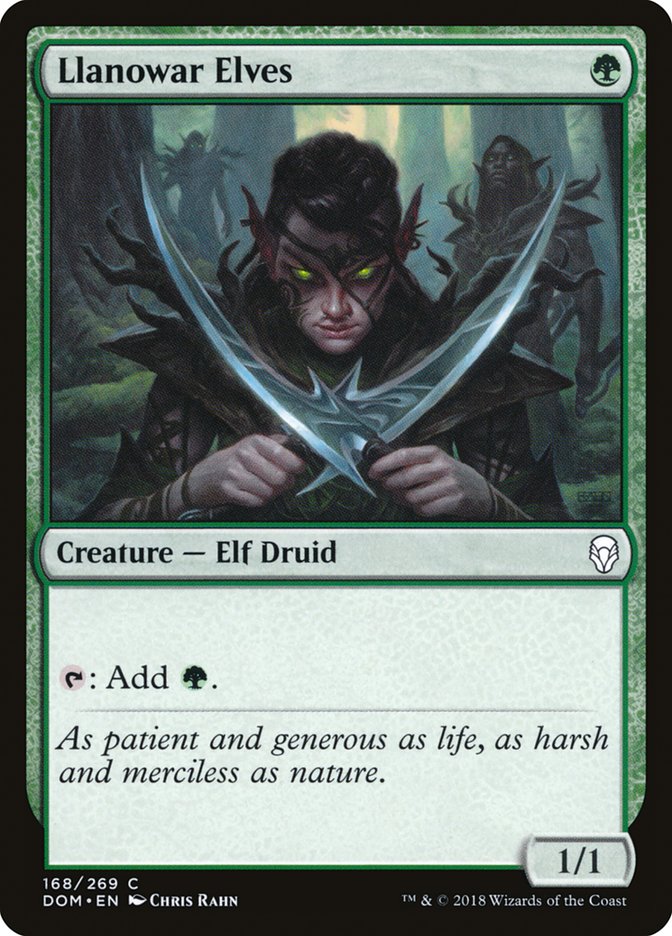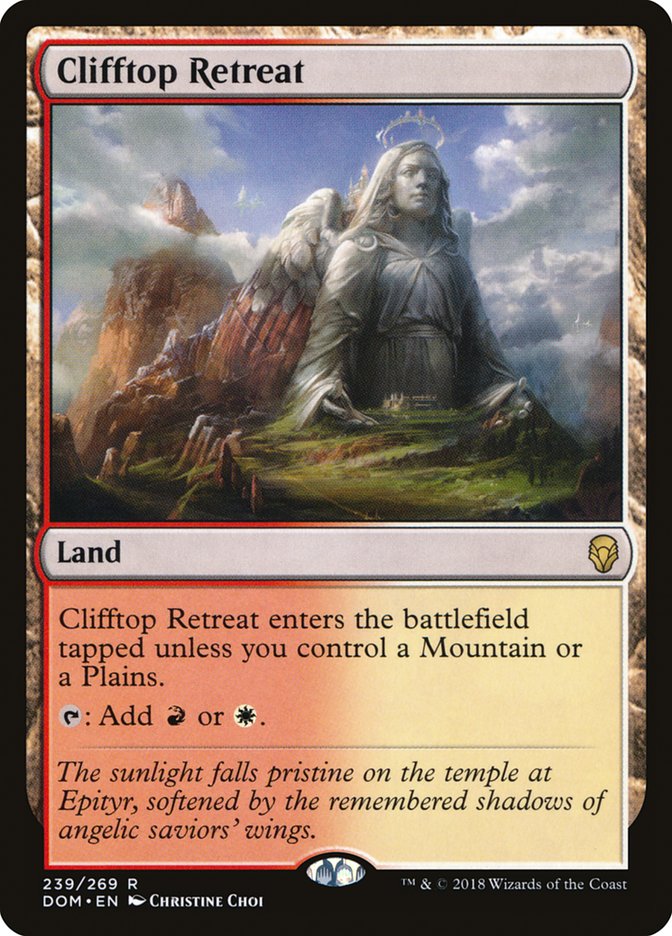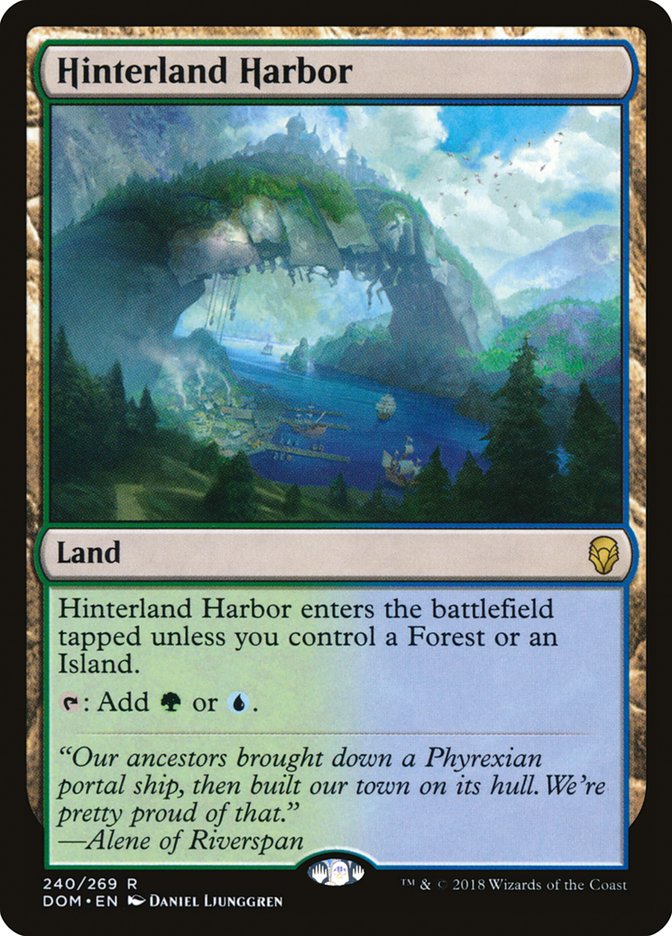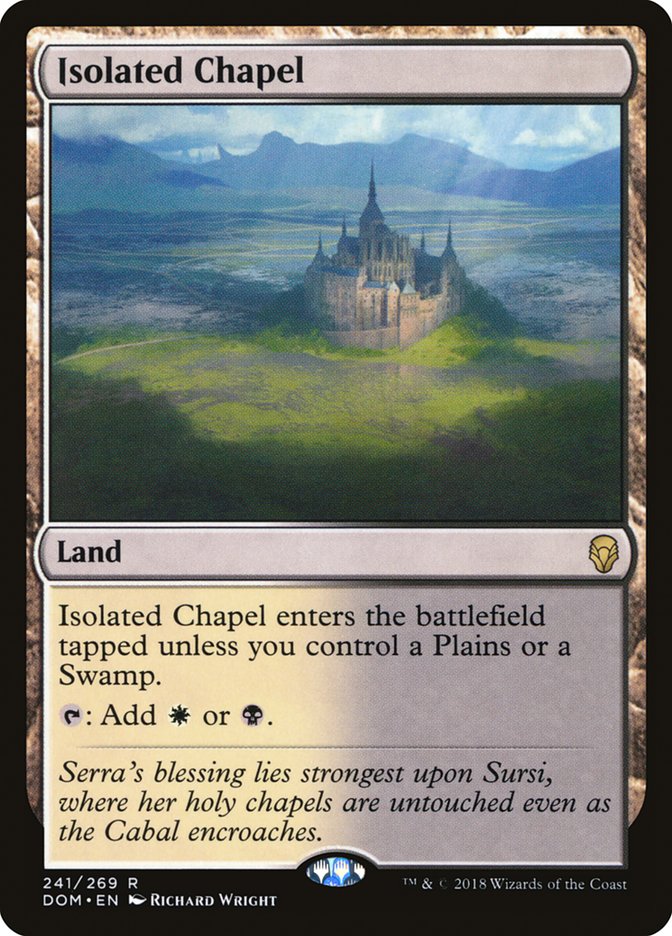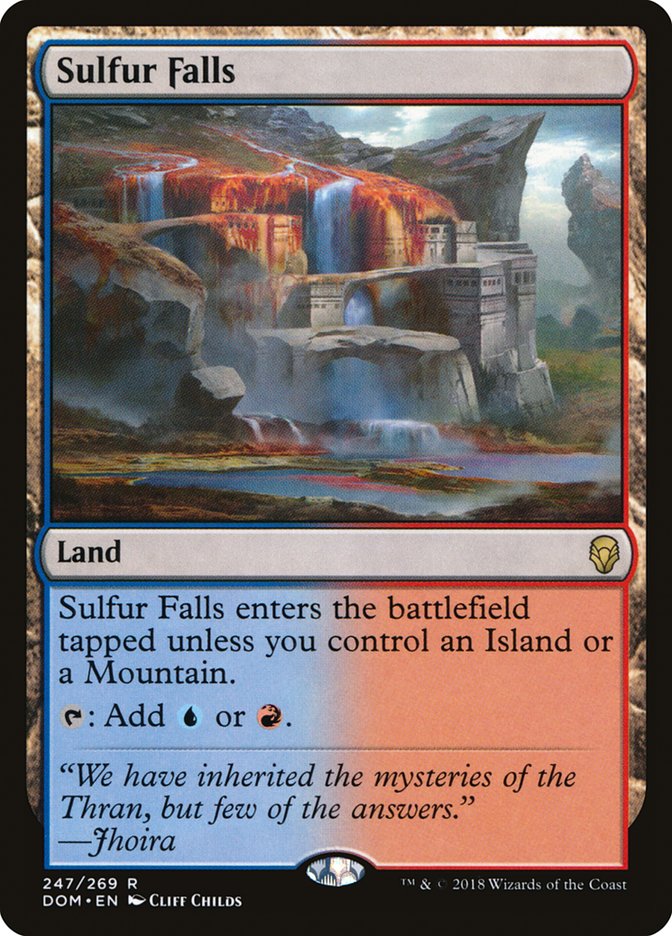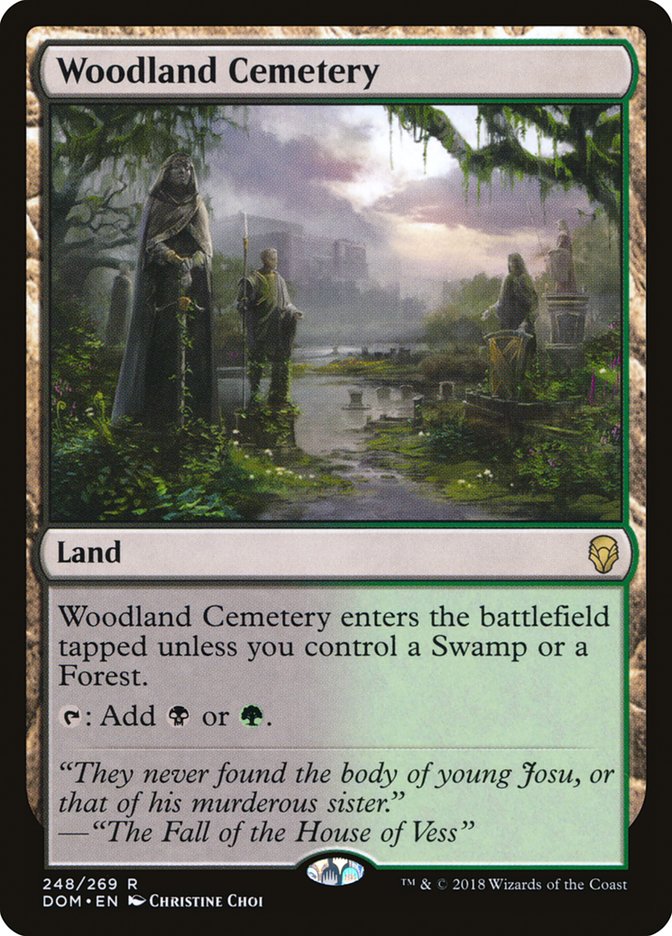It’s no secret that the card I’m most excited about in Dominaria is Llanowar Elves, and with good reason. The card is singlehandedly going to speed up Standard a full turn, and for those of you who’ve not been playing long enough to know what a Standard format with a one-mana accelerant looks like, you’re in for a real treat! That being said, there are a ton of cards that have really gotten the wheel churning in this set, and I’m more than ready to explore!
These two impressive Angels are giving the long time beloved Baneslayer Angel a run for her money. While it’s been a while since a card like Baneslayer Angel would have been playable in a format like current Standard because of cards like Ravenous Chupacabra and Glorybringer that have an effect on the battlefield as soon as they’re cast, we’re getting to the point where it’s not good enough just to have a two-for-one answer if the other half of what you’re doing isn’t also impressive. Ravenous Chupacabra won’t be enough to hold these impressive Angels down.
Creatures (25)
- 4 Llanowar Elves
- 4 Walking Ballista
- 4 Adanto Vanguard
- 3 Thrashing Brontodon
- 4 Jadelight Ranger
- 3 Lyra Dawnbringer
- 3 Shalai, Voice of Plenty
Lands (23)
Spells (12)

While a deck like this seems innocent on the surface, a single turn when you get to untap with either legendary Angel could just be the end of the game for your opponent.
One card that gets better in Standard with the introduction of Dominaria is Growing Rites of Itlimoc. There are tons and tons of awesomely powerful legendary creatures in the set, and one unifying issue with them is that they are, in fact, legendary! To access the cards you want consistently while not getting flooded with excess copies of unimpressive-in-the-moment cards, we need a way to find the right one at the right time.
While having card selection is nice and all, for this kind of deck, it wouldn’t be good enough on its own. The back half of the card, Itlimoc, Cradle of the Sun, does wonders for a deck like this. Prior to the printing of Shalai, Voice of Plenty, the only real outlet for excess mana in such a deck was Walking Ballista. While that’s nothing to scoff at with a ton of creatures on the battlefield and boundless amounts of mana, it’s all the better to have a way to make your whole squad of tokens or mana accelerants even more threatening with a Gavony Township effect that can be used more than once with enough mana.
For a while now, I’ve felt like the shell is there for Sram’s Expertise and Growing Rites of Itlimoc to have a home in Standard and it seems that the Angels have answered our prayers and given us just the support we needed (with a little help from Llanowar Elves, of course)!
I could go on about Llanowar Elves decks for days, but we have a lot to cover. Some of the more exciting cards we could see make a splash in Standard are some fan favorites…and my favorites as well.
It’s been since I first started getting competitive about Magic back when Time Spiral was the newest set on the block that we’ve really seen Jaya Ballard and the fury storm she brings. So much of Magic as of late has been focused on the Gatewatch and frankly I’m a bit tired of them, so it’s nice to see some new (but in this case old) blood getting their time to shine.
Let’s focus on what Jaya Ballard does.

Okay, so this part of the ability wants us to cast big spells or at least something that we can use immediately after casting her so that we don’t lose any tempo there. Cards that come to mind are Abrade, Cut // Ribbons, Cathartic Reunion, and Sweltering Suns, not to mention anything in the format with an “X” in its mana cost, like Jaya’s Immolating Inferno.

This second ability doesn’t really have a big demand for us to play any specific types of cards, since many of the recursive cards in Standard are cheap threats like Scrapheap Scrounger or Earthshaker Khenra, which don’t seem like they fit in a deck we would want to cast Jaya Ballard. I think this ability is just there so we don’t run out of gas going late, as we can pitch any excess lands or irrelevant cards for new ones, which can be helpful when under pressure or needing threats to finish a game against control.

While we rarely get to see a planeswalker’s ultimate ability come up in games of Standard, it’s worth noting that few decks will be able to out-card advantage you if you’ve regained access to all the spells you’ve cast in a game already on top of all the cards you presumably have in your hand from getting to her ultimate.
Here’s where I would start for a deck built around using Jaya Ballard for the format.
Planeswalkers (7)
Lands (25)
Spells (28)

Now here’s attacking the format in an extreme way. With so few win conditions in the deck, we rely on our big spells like Torment of Hailfire and Jaya’s Immolating Inferno to finish the game off. Having a maindeck discard spell that has flexibility like Doomfall to punch through countermagic ensures we can have game against just about everything.
We’re taking the approach that many decks do in creature-heavy metagames where we blank a lot of the removal spells people are playing to gain virtual card advantage by simply not having any targets of our own. That, on top of having multiple planeswalkers to help fuel the fire in a literal sense, gives this deck a slot in the metagame where it can get an edge on players by having a transformational sideboard if necessary.
Chandra, Torch of Defiance and Jaya Ballard love adding mana to your mana pool, making the “X” spells in your deck even more threatening, especially in conjunction with Primal Amulet giving your Fireballs a free Twincast to end the game in dramatic fashion. All the cards should be lethal almost immediately if you assemble the trifecta of Chandra, Torch of Defiance; Jaya Ballard, and Primal Wellspring on any one of your big spells. At that point it’s just up to you which way you want to end the game!
These strategies are all fun and good, but do any of the really compare to the man, the myth, the legendary planeswalker himself, Teferi, Hero of Dominaria?
I’ve not been paying too close of attention to what others think are the best of the cards in Dominaria; I like to make up my own mind about such things before getting an impression of a card from someone else and letting that skewing my perception of it.
But what a card we have here! There hasn’t been a planeswalker this good that costs five mana in a long time. I can’t remember one this powerful, to be honest. While it seems like a very boring planeswalker that doesn’t do anything too flashy, that isn’t something we’ve seen before in some form or another, you’re wrong.
I suppose the closest analog to this card is Jace, Unraveler of Secrets. While you don’t get the ability to scry before drawing a card, being able to hold up any number of two-mana answers for something your opponent could is an insane tempo swing. Essence Scatter, Negate, Seal Away…the list goes on! While I know Teferi doesn’t cost only three mana, it will certainly feel that way when casting it on a reasonably stable battlefield with interaction in your hand!
We’ve gone over just how powerful the +1 ability is on this card, but let’s not get distracted from how the -3 on Teferi deals with just about every problematic threat you can imagine. Not only does this answer an annoying creature like Rekindling Phoenix, it can stop an opposing planeswalker from going ultimate, remove a card like Ixalan’s Binding or Cast Out, or really anything that isn’t a land that’s giving you fits.
Planeswalkers (3)
Lands (26)
Spells (31)

While I’m not reinventing the wheel by playing Approach of the Second Sun in Standard, and it’s among my least favorite things to do in the format, I think Teferi is an insanely powerful addition to the deck that could make it Tier 1.
The cards making this deck up to the task, aside from Teferi, are a little old and a little new.
Orazca Relic is perhaps the most underplayed card from the entire Ixalan block. Not only does it accelerate you from three to five where you can catch an unsuspecting opponent trying to get under a Fumigate with the powerful sweeper, but it can give you a proactive way to cast Teferi, Hero of Dominaria that few decks have ways to interact with. Late-game, cash it in for a card and some life to give you even more of a buffer from not having the fastest deck in the format.
The new card, Powerstone Shard, might see a bit of play as well, as being able to tap for more than one mana could prove to be more powerful than replacing itself late-game, but for a control deck, Orazca Relic is still where I’d go.
The card that makes me believe that Approach of the Second Sun decks are now viable despite my overall despise for them is Seal Away, the removal spell white-based control decks have been searching for.
Normally U/W Approach has had a difficult time dealing with an early aggressive creature like Glint-Sleeve Siphoner, and an answer has long since eluded these decks. Not only does this give you the ability to deal with early creatures, but let’s not forget Hazoret the Fervent, who now is even more afraid to attack into open mana. The flexibility to cast this card at end of turn and still kill an attacker while getting to hold up countermagic can make a deck like this attractive going forward.
Seal Away can even answer Llanowar Elves. Mana creatures are hard for control decks to answer outside of sweepers, but this is the perfect answer to keep the green mages like me slowed down enough to allow a long game to play out in the Approach player’s favor. While I’m scared for a deck like this to be prominent in any given Standard format, there always will be tools to fight these decks.
All in all, I’m thrilled for Dominaria, and it’s been a while since I’ve been excited to play Standard — since the introduction of Kaladesh block — but here we are. Next week we’ll have the full set list, and I can’t wait to fully dive in and maybe have a playable Wizard deck emerge with all the commons and uncommons. There might even be a few more pieces for Merfolk to become viable.
Oh, and don’t forget the highest-impact cards in the set we’re about to be gifted with!


